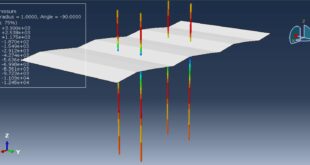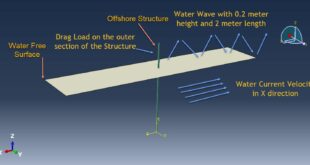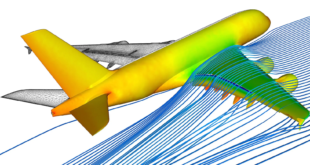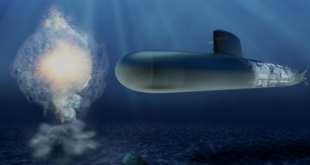In this tutorial, the Simulation high velocity impact of the steel bullet on the Ceramic-Epoxy panel in Abaqus has been investigated. The 3 alumina layers are modeled as three-dimensional solid part. The 2 epoxy glue layers are modeled as three-dimensional solid part. The steel bullet is modeled as a three-dimensional solid part. Because of the symmetry, on quarter of the whole model to reduce the time of the simulation is used. You can see a figures of the assembled part below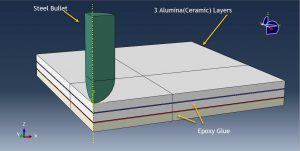
The Johnson-Cook plasticity and damage is selected for the steel material because this model can consider high-strain-rate deformation of many materials, including most metals. Abaqus/Explicit provides a dynamic failure model specifically for the Johnson-Cook plasticity model, which is suitable only for high-strain-rate deformation of metals. The data for the steel material is extracted from the reference paper. To model epoxy material, elastic data traction type couple with Maxs damage criterion is used. The epoxy is considered as a cohesive material by definition cohesive section. To model alumina behavior under high velocity impact, Abaqus recommends some material models which are available in Abaqus cae and some of them need to be written as codes. The dynamic explicit step with mass scale parameter is appropriate for this type of analysis. The general contact capability with friction as contact property is selected. The perfect contact is assume between the alumina and epoxy parts. The symmetry boundary is assigned to the symmetry zone and also initial velocity to the steel bullet. The mesh should be fine to obtain correct results
After the simulation, all results such as stress, strain, damage, failure, penetration, and … are available. You can see some figures for the results below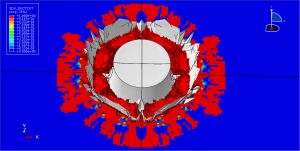
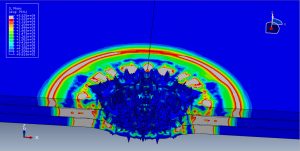
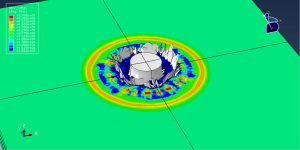
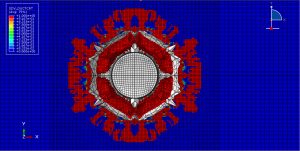
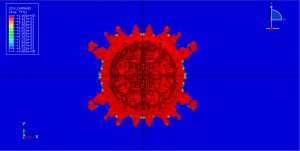
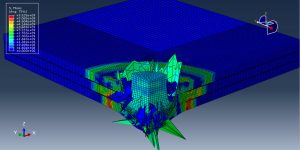
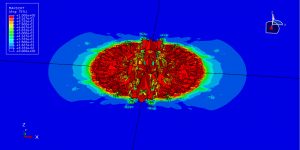
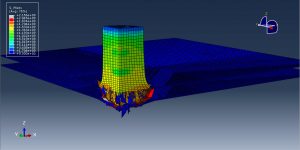
You can provide CAE ,INP,and English video files of this simulation here. The cost of these files is Twenty-Seven Euros. you can click on the bellow bottom to beginning process
You can purchase the tutorial through a PayPal account, a Visa, or a Master card, just before payment, send me an email to this address: karampourp@gmail.com
 Abaqus tutorials Abaqus tutorials
Abaqus tutorials Abaqus tutorials
